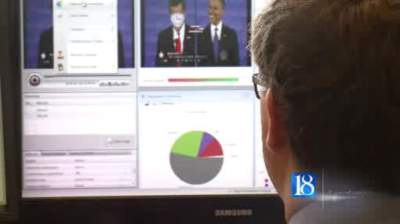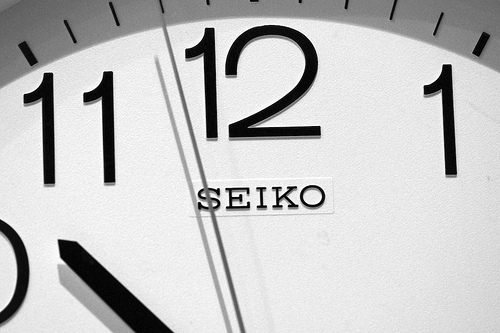 Imagine if your car could recognize you as its driver and act accordingly, customizing your driving experience.
Imagine if your car could recognize you as its driver and act accordingly, customizing your driving experience.
With a new product designed by Delphi, this exact technology could be coming to your own car.
According to the company, the technology in question “uses a light source and camera to project a line pattern onto the subject’s face. The camera then ‘sees’ and records the subject’s two-dimensional (2D) facial fingerprint, comparing that image to a database of stored 2D facial fingerprints for a possible match. A ‘positive’ match with the proper stored image means the person is recognized. Recognition then triggers an action, for example, approval of a credit sale or unlocking of a door.”
Other possible uses for this are that the vehicle remembers settings, such as where the seat is positioned, what station the driver listens to, and how warm or cold the temperature should be.
However, although the technology was initially created for vehicles, it has other practical applications. Theoretically, any kind of security system requiring visual identification could benefit from this technology. What ways do you envision it being used?








